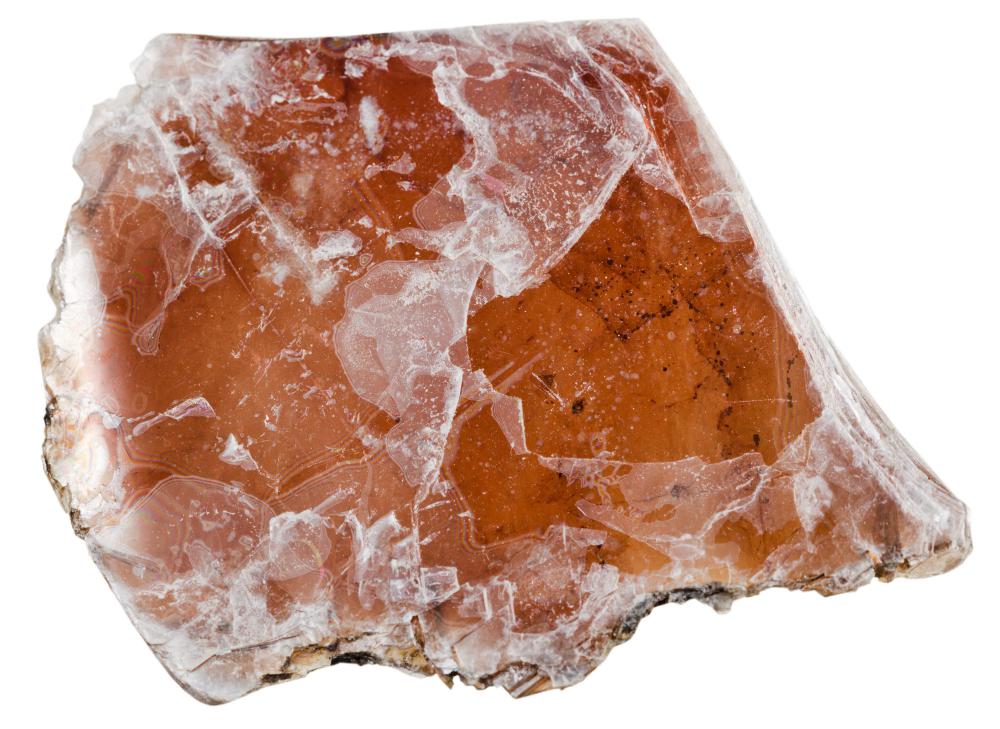At WiseGEEK, we're committed to delivering accurate, trustworthy information. Our expert-authored content is rigorously fact-checked and sourced from credible authorities. Discover how we uphold the highest standards in providing you with reliable knowledge.
What Is Shisha?
Shisha is a surface embroidery technique in which small mirrors are sewn to cloth and become part of a decorative design. The word "shisha" also refers to the mirrors used. This type of needlework, sometimes called mirror-work, is traditional on the Indian subcontinent. Originally pieces of mica provided the reflective surface, then special small mirrors were developed for this use. Plastic mirrors or sequins are now sometimes used, though glass mirrors are still available and are considered more traditional and desirable.
Traditional shisha mirrors were pieces of blown glass. The glass had a metallic back painted on to make it reflective, then it was carefully broken or cut. Some mirrors are still made by similar techniques and are called “antique shisha.” These antique-look mirrors are prized for the small imperfections characteristic of handmade glass and the variance in size and shape that comes from hand-cutting. “Perfect shisha,” also called "embroidery glass," are machine-made mirrors so they are thicker, have no imperfections in the glass, and come in standard sizes and shapes.

Shisha must be worked on fabric firm enough to support the weight of the mirrors. The technique works particularly well on fabric printed with bold designs in vivid rich colors where the mirrors and decorative stitching can became another design element. A wide range of fabric articles can be embellished with shisha embroidery. Clothing, household furnishings, bags of various sizes and hangings are some of the items commonly decorated with the mirrors. Mirrors are not placed randomly but become part of a design, forming the center of a flower or one of the motifs in a geometric design.
Simple straight stitches across the edges of the mirror in several directions enclose the mirror and hold it quite securely to the fabric. The mirrors have slightly rough edges that catch on the thread and fabric and help hold the mirror in place. Traditional work uses no glue or adhesives: the only fastening mechanism is the stitches. A ring of decorative stitches around the mirror covers the holding stitches and becomes part of the design.
For those not willing or able to use traditional methods, much the same look can be achieved with plastic rings sold with stitching already worked around them. The rings are made to look like the decorative border around a mirror. Sewn over a mirror or sequin they look very much like traditional work. Lengths of fabric or trim with mirrors already sewn on are also available.
AS FEATURED ON:
AS FEATURED ON:











Discussion Comments
When I see the word, shisha, I don't think of embroidery, but I think of shisha tobacco! Both of them are correct in their own context but sure have completely different meanings!
I don't know how many people have heard of shisha before when it comes to embroidery, but it is a very beautiful art from. It has such an usual name that you may have seen it and not even realized what it is called. The vibrant colors and small mirrors sewn into the fabric make for an outstanding piece of art.
If you are interested in this type of art, probably the easiest way to learn about the craft and where to buy shisha for your project would be to do an online search. You may not be able to find much information locally, depending on where you live.
Post your comments